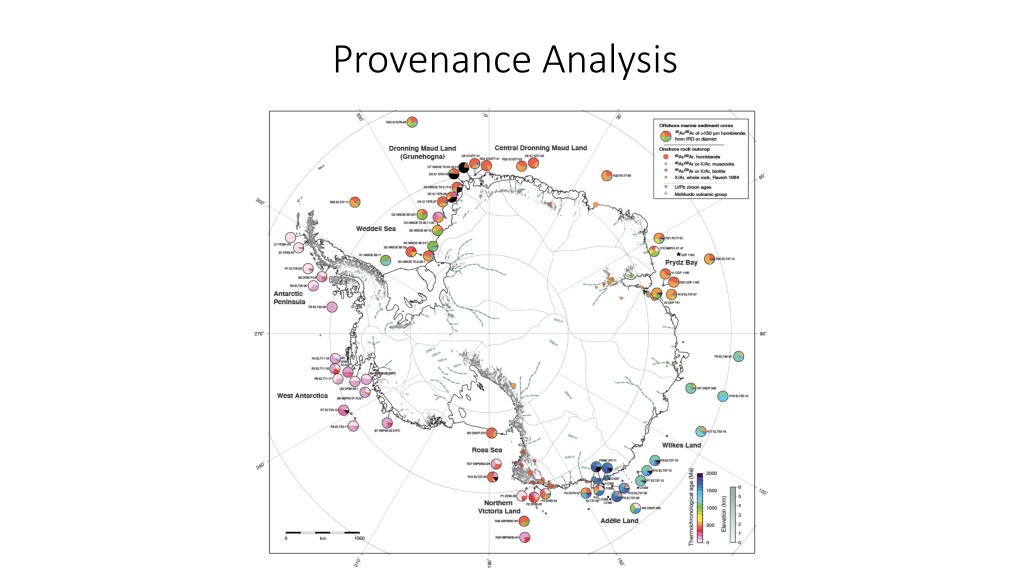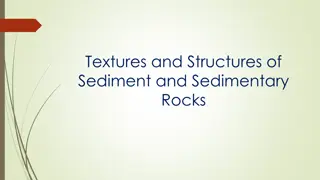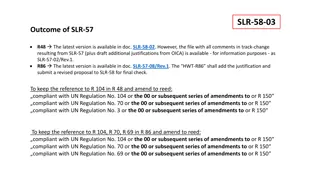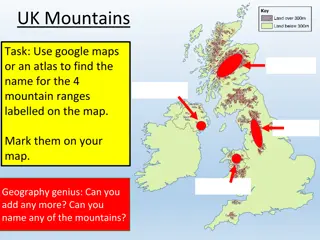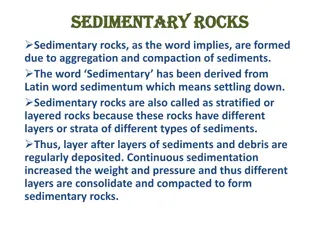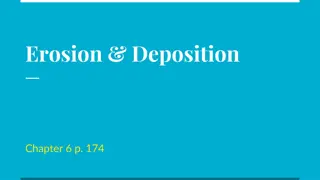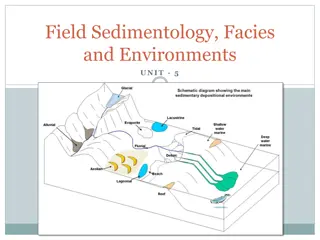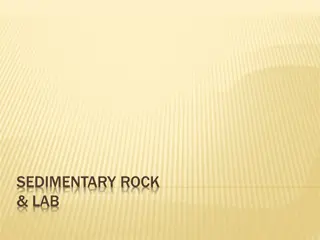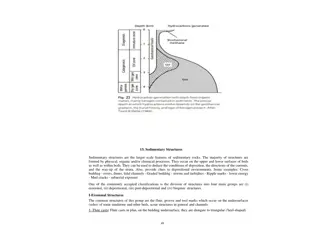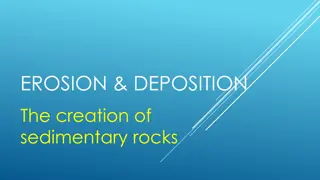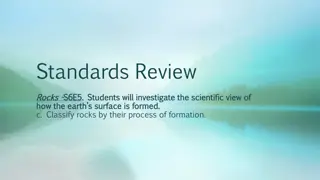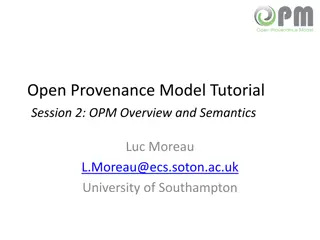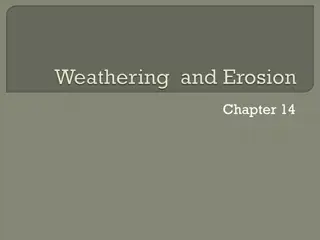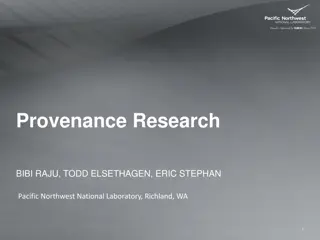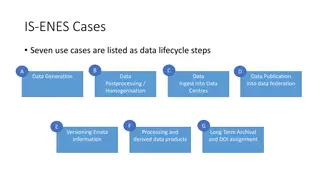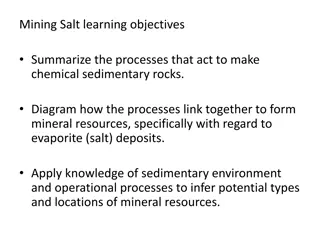Understanding Sedimentary Rock Characteristics: Provenance and Weathering
Explore the significance of provenance analysis in interpreting the origin of sedimentary rocks based on lithological characteristics. Learn about mechanical and chemical weathering processes, compositional and textural maturity, mineral stability during weathering, and how rock particles indicate tectonic settings through QFL diagrams and ternary plots.
Download Presentation

Please find below an Image/Link to download the presentation.
The content on the website is provided AS IS for your information and personal use only. It may not be sold, licensed, or shared on other websites without obtaining consent from the author. Download presentation by click this link. If you encounter any issues during the download, it is possible that the publisher has removed the file from their server.
E N D
Presentation Transcript
Provenance: Provenance: the lithological (and chemical, isotopic, age) characteristics of the source region for a sedimentary rock Composition of sediments (mostly sandstones) can tell you about the location, tectonic setting, climate, etc. of the source area and the transport mechanism and pathway
Mechanical weathering Mechanical weathering No changes to mineralogical composition of sediment produced from rock Chemical weathering Chemical weathering Mineralogical composition of sediment differs from parent rock
Mineral stability during weathering follows Bowens reaction series
Compositional Maturity: Compositional Maturity: degree to which sediment contains only resistant grains (quartz and stable heavy minerals like magnetite, apatite, rutile, zircon)
Textural Maturity: Textural Maturity: based on presence of clay, sorting, and rounding More transport leads to greater textural maturity
Rock particles can indicate the tectonic setting of the source QFL diagram plots relative percentages of quartz, feldspar, and lithics If chert or quartzite are abundant, treat them as lithics and plot monocrystalline quartz (Qm)
Other ternary plots (QpLvmLsm and LmLvLs) subdivide and plot just the lithic components for discrimination of tectonic settings Lm = metamorphic lithics Qp = polycrystalline quartz (chert, quartzite) Lv = volcanic lithics Lvm = volcanic and metavolcanic lithics Ls = sedimentary lithics Lsm = sedimentary and metased lithics
Sm Sm/ /Nd Nd isotopes isotopes Negative Nd values found in continental crust (Nd system has been separated from Sm enriched mantle for long time) Positive Nd values are commonly found in mantle derived melts
Strontium isotopes Strontium isotopes ( (87 87Sr/ Sr/86 86Sr) Sr) Rubidium (87Rb) strongly partitions into continental magmas and decays to 87Sr Continental crust is enriched in 87Sr/86Sr Primitive mantle and magma have low 87Sr/86Sr Ratio tracks continental influence on source rocks
Detrital zircon U Detrital zircon U- -Pb Pb Single-crystal age dates give age of rocks in source region
